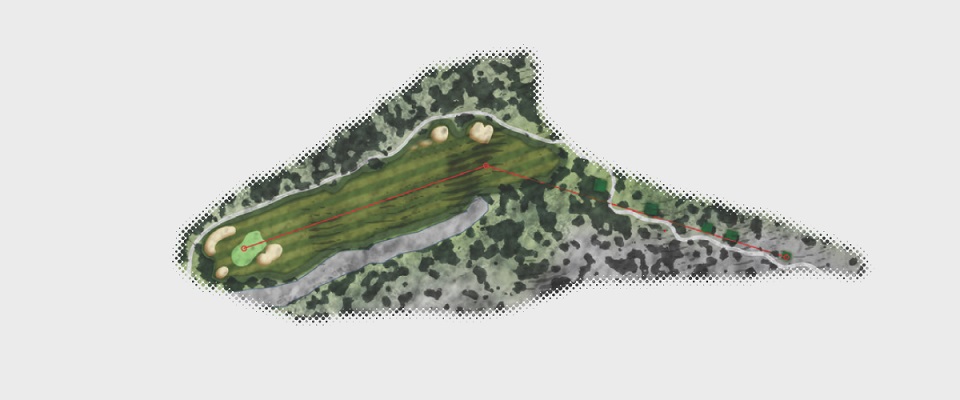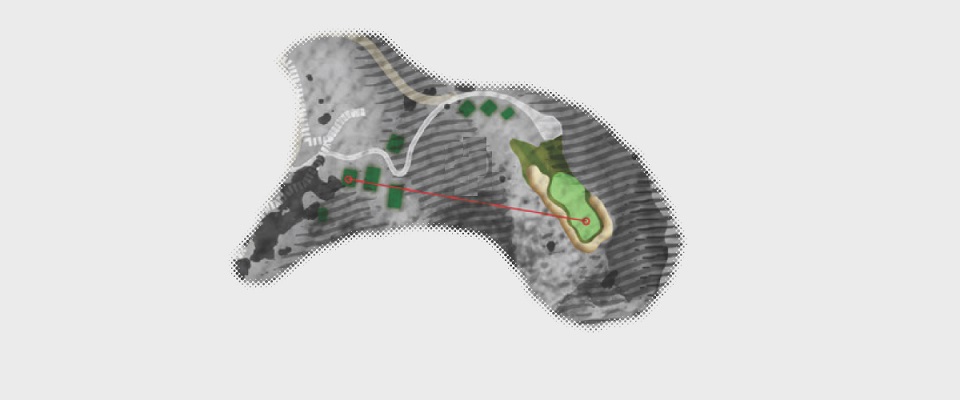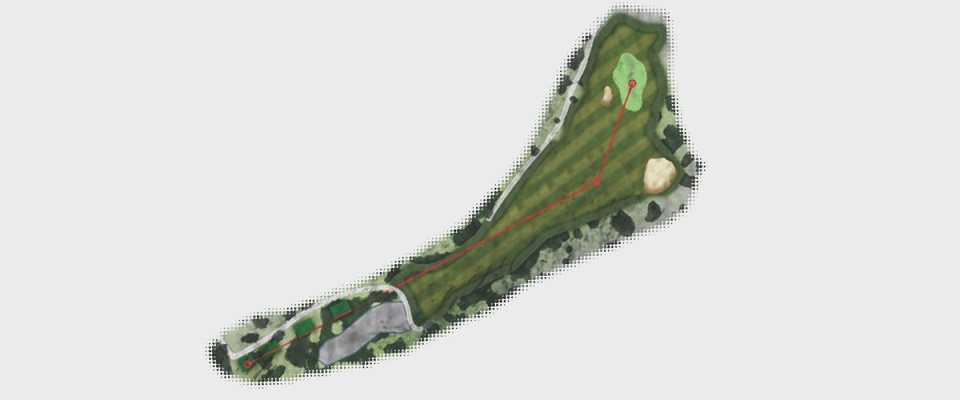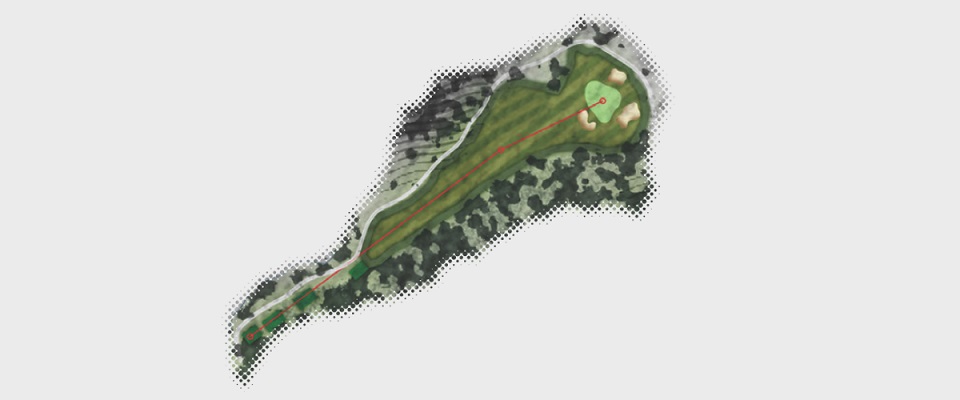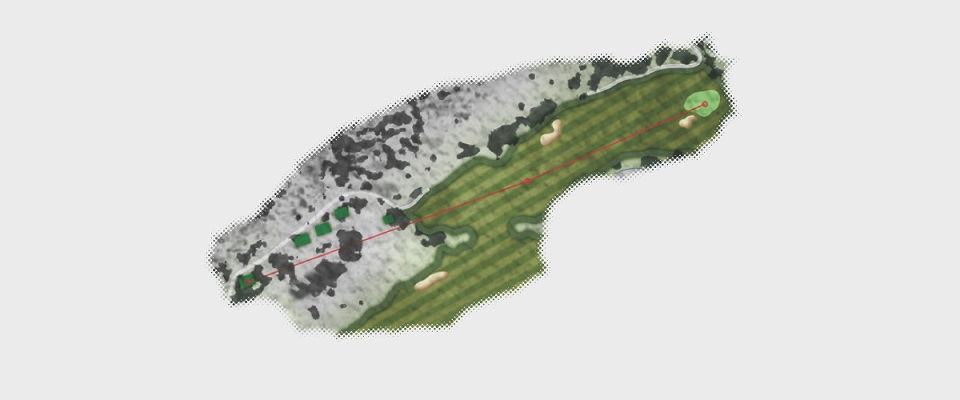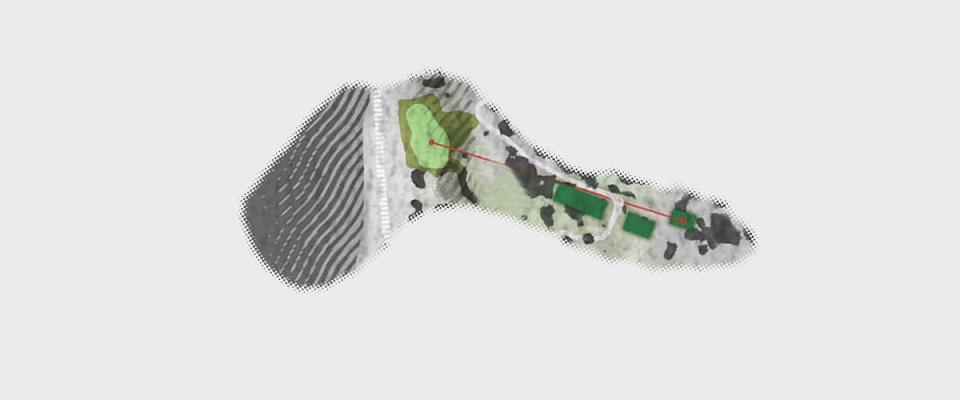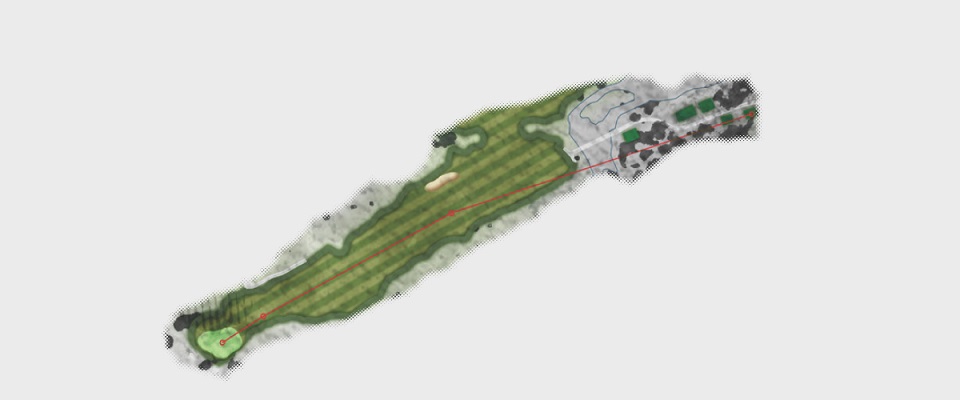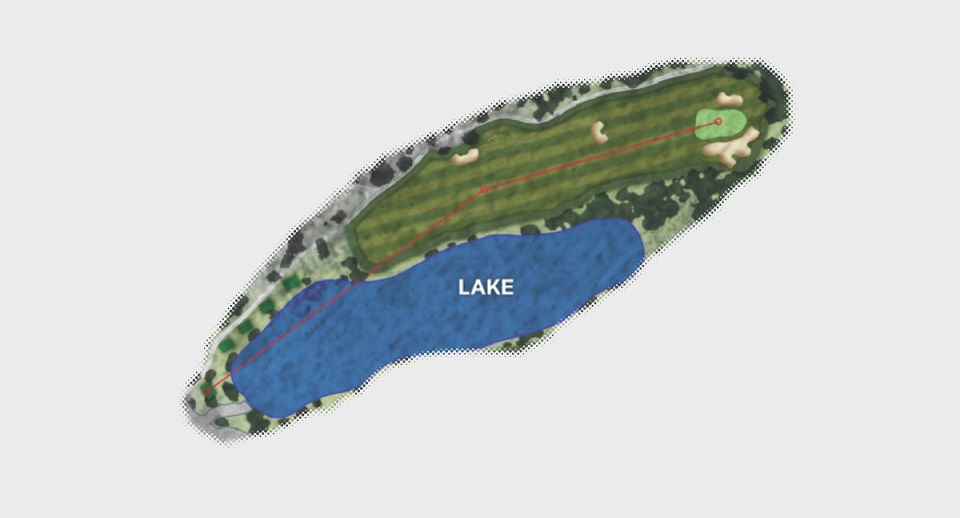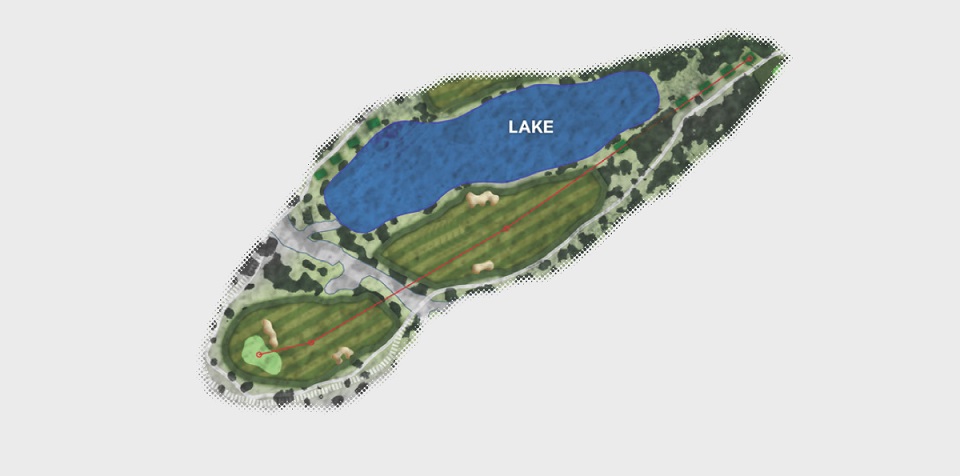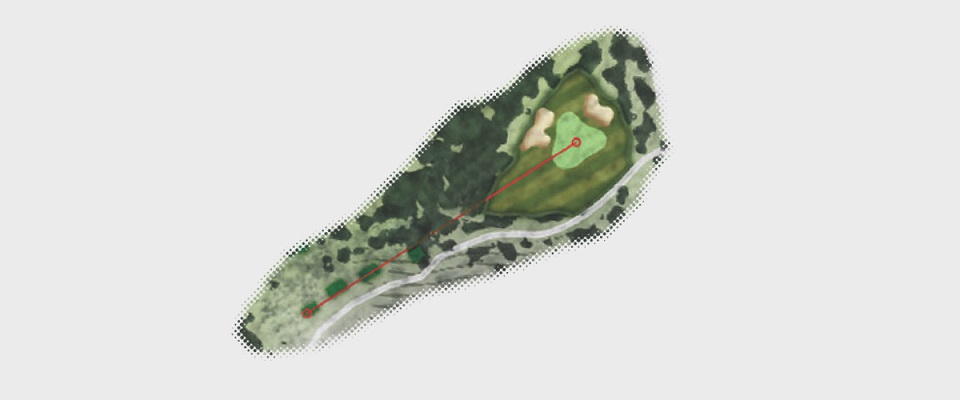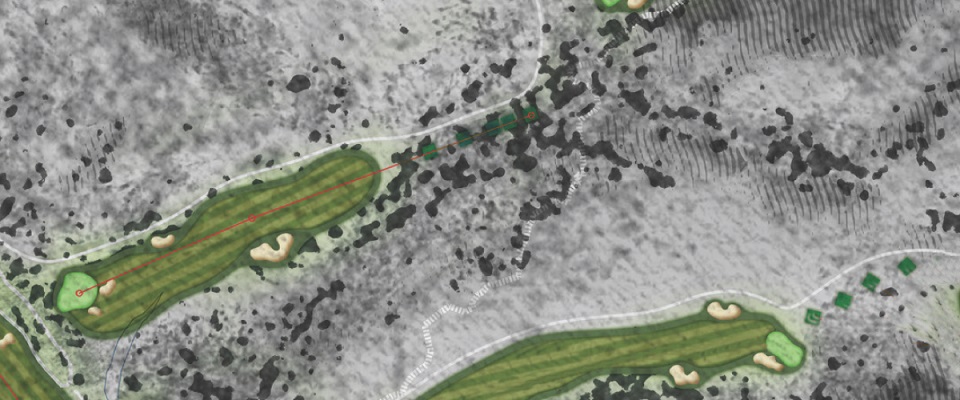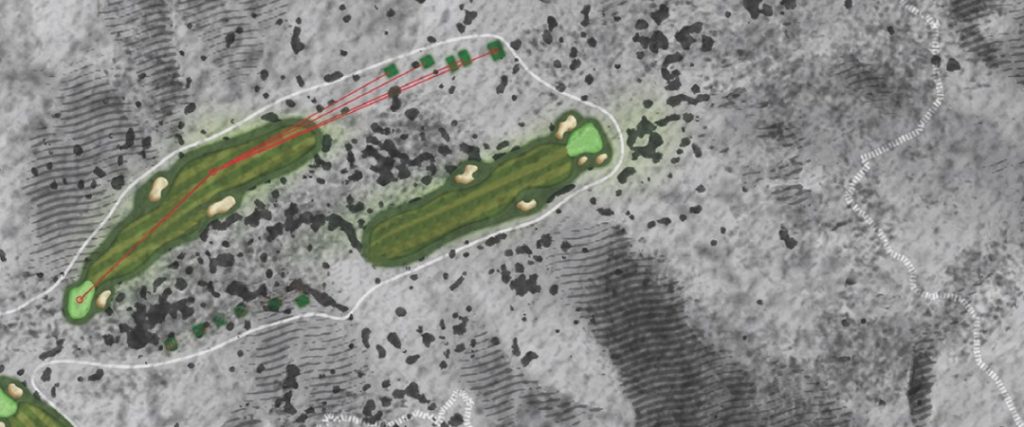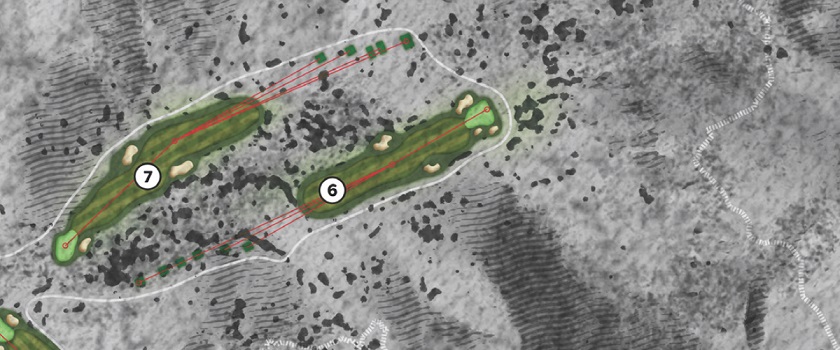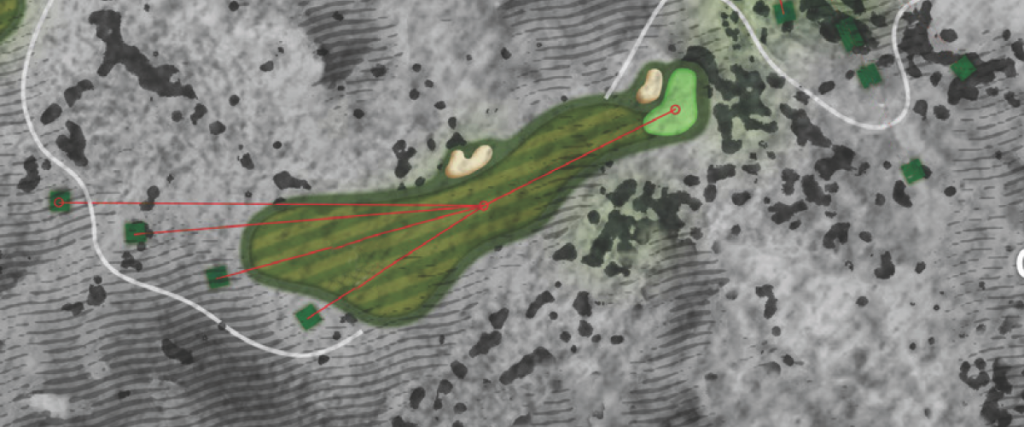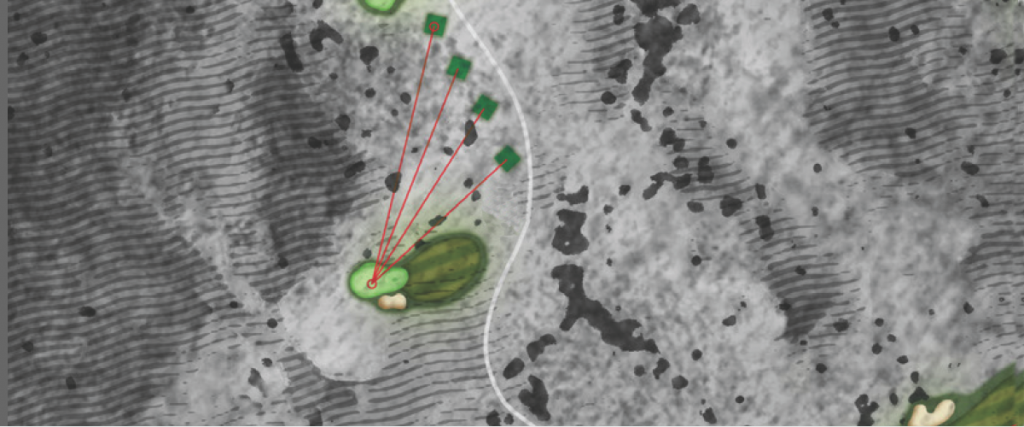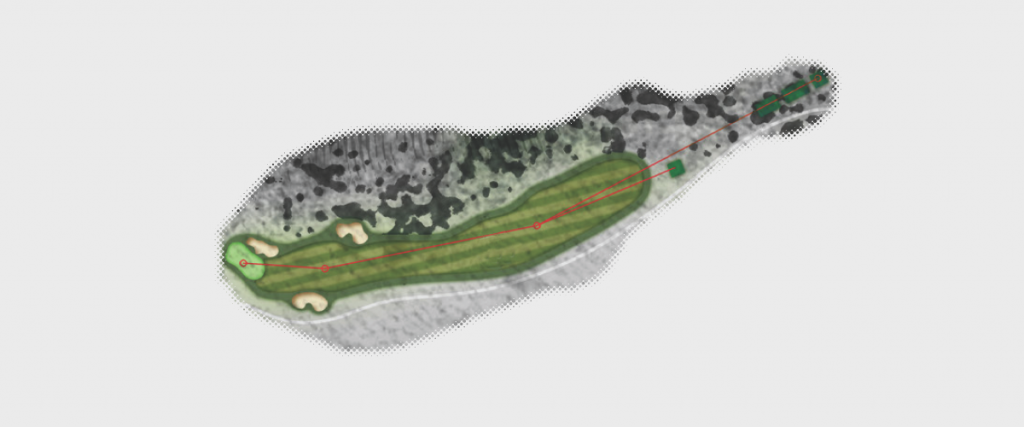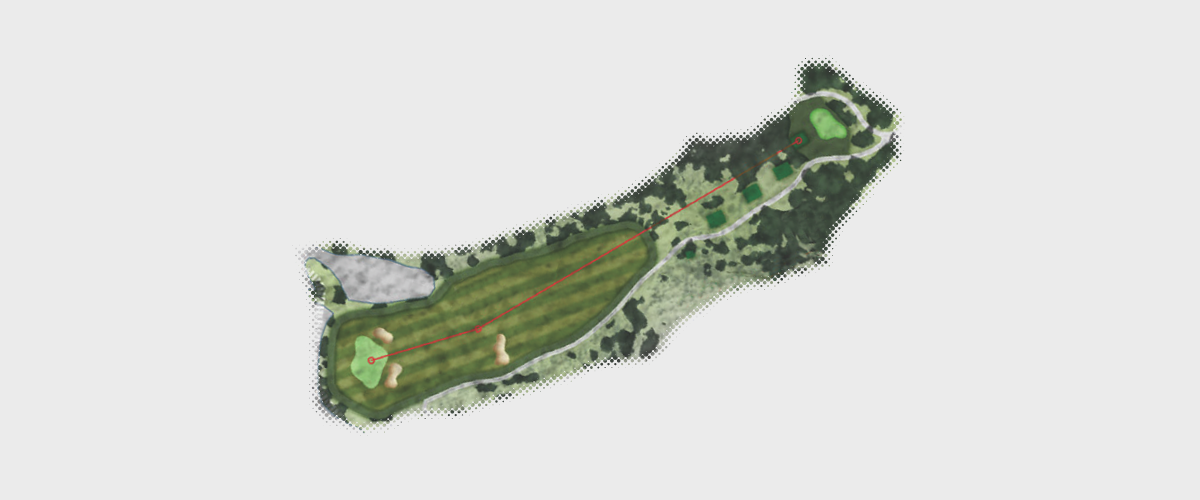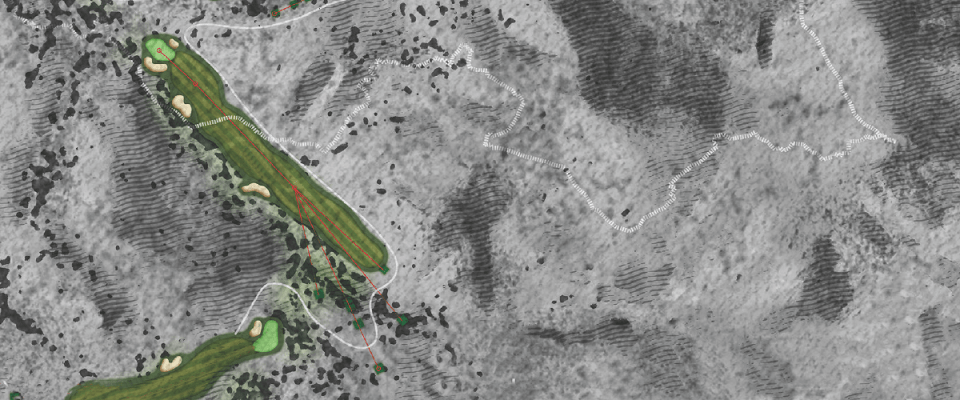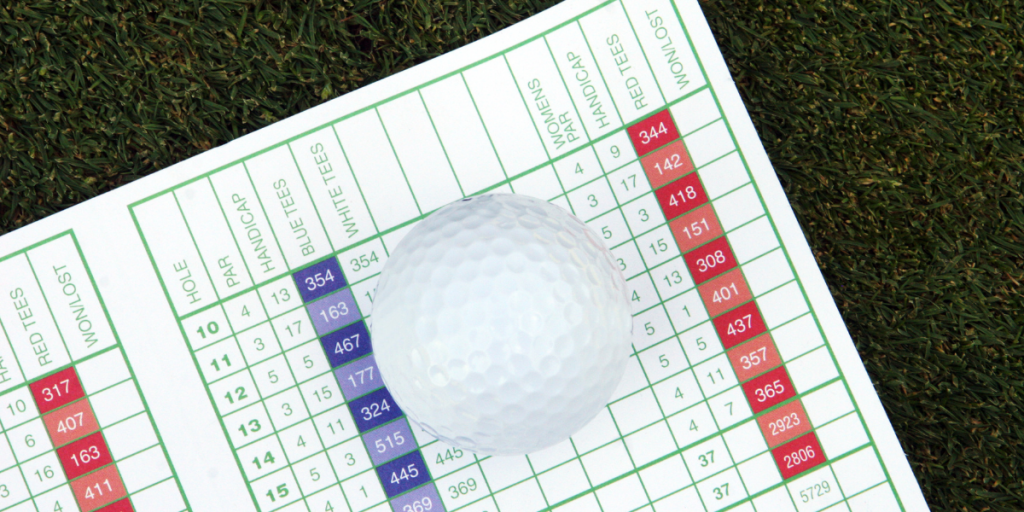


What’s a Golf Handicap, and How Do You Calculate it?
In simple terms, a golf handicap is a numerical score that measures a golfer’s playing ability. Handicaps are useful: they level the playing field and allow players of different skill levels to compete fairly against one another.
A golf handicap represents the number of strokes a player can take above or below the course’s par score. The higher the handicap, the more strokes a player is allowed to subtract from their actual score to determine their net (vs. gross) score.
Calculating your handicap is fairly straightforward and easier than ever (see below). In addition, a handicap is an excellent way to chart your progress as a golfer. As you improve, you can enjoy watching that number go down.
Golf, like any competitive game, has a pecking order. Your golf handicap indicates your skill level. It reveals your DNA as a player. A serious, accomplished golfer carries a low handicap. More casual (or less proficient) players have a higher handicap.
There are three categories of golf handicaps:
Low handicap: 0–10
Mid-handicap: 11–18
High handicap: 19+
A Golf Handicap is a Great Equalizer
It’s not uncommon for beginners to have a handicap in the range of 24 to 36 or higher. Your handicap can and will vary depending on your progress, dedication and how much time you invest in learning and playing the game.
Before 2020, the maximum handicap was 36.4 for men and 40.4 for women. However, the rules were recently changed to establish 54.0 as the maximum handicap for all players, regardless of gender. The rules were updated to make golf more inclusive to golfers at all ability levels, while also incentivizing players to calculate their handicap index.
The sport’s governing bodies, the United States Golf Association (USGA) and The Royal & Ancient (R&A), devised a new World Handicap System (WHS) in 2020. A few revisions were made in early 2024.
The WHS is based on the USGA Course and Slope Rating system, and largely follows the USGA Handicap System. It is designed to be as accessible and welcoming as possible, while still providing golfers with the portability, accuracy and consistency they expect.
Here are a few highlights of the World Handicap System:
• Players can establish a handicap index after as few as three scores.
• A player’s handicap index will be calculated using the best eight out of their 20 most recently recorded scores; or a smaller number if 20 scores have not yet been submitted.
• The course rating and slope rating of the tees played is fundamental to the calculation of a handicap index (more about this in a moment).
• For handicap purposes, the maximum score on a hole is a net double bogey. For example, if a player has a course handicap of 36 and gets two strokes per hole, the highest score he can take on a par 4 is an 8, which is four-over par.
• A handicap index updates the day after a score is posted to the player’s scoring record, providing players with a responsive measure of their ability.
• Safeguards limit the extreme upward movement of a handicap index; and reduce a handicap index when an exceptional score is submitted.
• A playing conditions calculation identifies and accounts for abnormal course or weather conditions.
For the uninitiated, a handicap index represents your “demonstrated playing ability.” A handicap index is not a scoring average. It’s a measure of your potential. The system is aspirational by design. Your handicap index number is based on your scores relative to the course and tees played.
After you post a score, it is converted into a “score differential,” which takes into account the course rating and slope rating of the tees you played.


Course Rating and Slope Rating Explained
Here’s how a handicap index is calculated based on those two factors:
A. Course Rating
Printed on the scorecard from each set of tees, a course rating is used to indicate the average “good score” by a scratch golfer (zero handicap). For a par 72 course, the course rating is generally between 67 and 77. The USGA Course Rating assesses the difficulty of all aspects of a golf course: length of course, altitude, wide or narrow fairways, length of rough, hazards and obstacles, size and contours of greens, etc.
B. Slope Rating
Devised by the USGA, the slope rating of a golf course describes the relative difficulty for a bogey golfer as compared to a scratch golfer. Slope ratings are in the range 55 to 155, with a course of standard relative difficulty having a rating of 113. The higher the number, the more relatively difficult the course is. Course and bogey ratings are determined by course raters, who measure and record more than 460 variables on a rating form for each set of tees.
TPC Danzante Bay is rated at the top end of the difficulty spectrum from the black tees, which measure 7,237 yards (par 72). From the blacks, the course rating is 74.5; the slope rating is 153. Only pros and scratch golfers take on the full measure of the course. The Mix tees at 6,934 yards (a combo of black and gold tees) are rated 72.4/147. They present a stern test. The gold tees at 6,595 yards (71.6/142) and blue tees at 6,141 yards (69.6/133) attract low- and middle-handicappers.
Moving up, the club’s white tees, at 5,651 yards (67.0/125), are ideal for bogey shooters and higher handicappers. The red tees, measuring 4,916 yards (68.8/118) can be enjoyed by women, seniors, juniors and novices.
There’s one more factor to consider when allocating handicap strokes:
C. Stroke Index
A number assigned to each hole on a golf course. It is printed on the scorecard to indicate on which holes handicap strokes should be applied. On an 18-hole course such as TPC Danzante Bay, each hole is assigned a different number from 1 to 18. The lowest numbers are given to holes where a higher handicapper is most likely to benefit. The highest numbers are assigned to holes where they are least likely to benefit. Odd numbers are allocated on the front nine (even numbers on the back nine) to ensure a balanced distribution of handicap strokes.
For example, at TPC Danzante Bay, the No. 1 stroke hole is the par-4 eighth, a brawny hole that transitions out of a canyon and plunges downhill. A gaping arroyo defends the entire left side of the fairway. The well-defended green demands an accurate approach shot. Ranging from 470 yards from the black tees to 301 yards from the red tees, it’s a tough hole for experts and duffers alike.
In sum, if you haven’t yet established a handicap, register at your home club or course. You’ll enjoy posting your scores, tracking your progress, playing equitable matches and maybe even burnishing your golfer status by lowering your “number.”
Here’s a link to World Handicap System for further information: https://www.whs.com/






